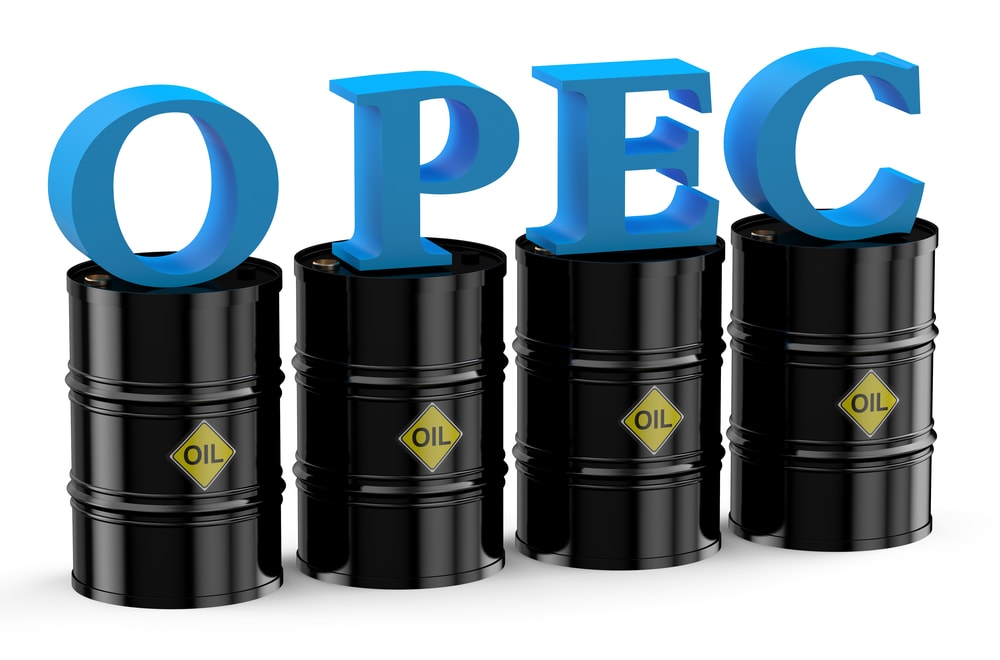The Organization of the Petroleum Exporting Countries (OPEC) and its allies, OPEC+, agreed on Sunday to maintain output policies in the face of a potential ban on Russian crude by the European Union (EU).
From November until the end of 2023, OPEC+ decided to maintain its current policy of reducing oil production by 2 million barrels per day, or about 2% of global demand.
This will surprise analysts, who had expected OPEC+ to consider new price-supporting production cuts in the face of a potential double blow to Russia’s oil revenues.
OPEC+, led by Saudi Arabia and Russia, agreed in early October to cut production by 2 million barrels per day beginning in November. It came despite US calls for the group to pump more to lower fuel prices and help the global economy.
Meanwhile, the EU plans to ban all imports of Russian seaborne crude beginning Monday, while the US and other G-7 members will impose a price cap on the oil Russia sells to countries worldwide.
On Thursday, EU governments tentatively agreed on a $60-per-barrel price cap on Russian seaborne oil, with an adjustment mechanism to keep the cap at 5% below market price.
For days, EU countries have wrangled over the price cap’s details, which aim to reduce Russia’s income from selling oil while preventing a spike in global oil prices after an EU embargo on Russian crude takes effect on December 5.
It will allow countries to continue importing Russian crude oil using Western insurance and maritime services as long as they do not pay more than the agreed-upon limit per barrel.
The Russian government has previously warned that imposing a price cap on Russian oil would cause more harm than good.
This may boost prices ahead of the week, as they have fallen to less than $90 per barrel from more than $120 in early June due to potentially disruptive sanctions on Russian oil, weakening crude demand in China, and mounting fears of a recession.











